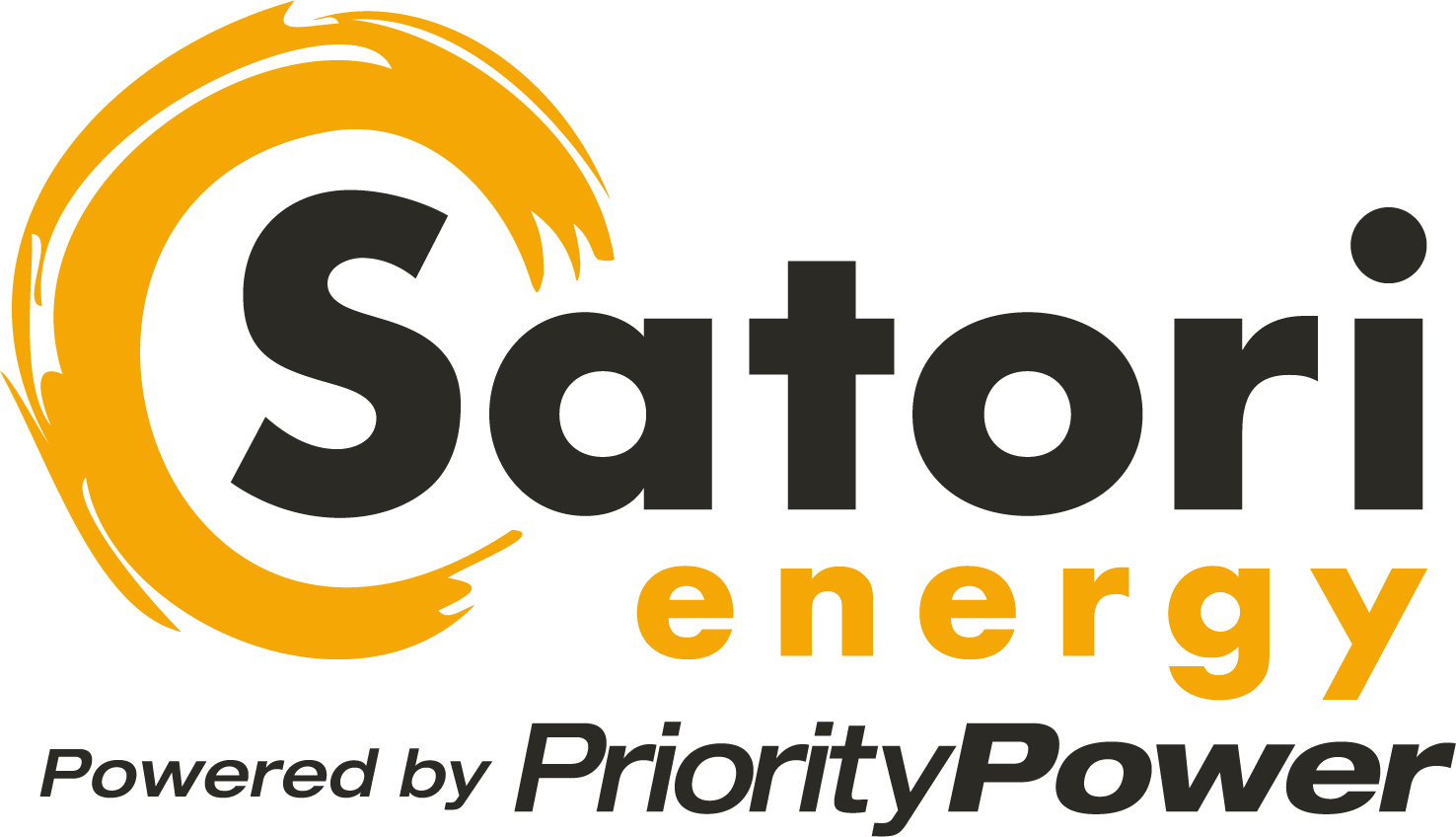State of Solar Energy
Solar energy has historically taken a backseat to wind energy as the renewable energy of choice in the US. However, in the last few years, solar energy has gained momentum, thanks to the increase in city and state legislation that incentivizes or requires increased installation of solar power. In 2016, Illinois passed the Future Energy Jobs Act (FEJA) which called for at least 2 million MWhs of solar capacity to be added each year in Illinois and created accompanying incentives, which went into effect the summer of 2018. Since 2017, all new buildings 10 stories or shorter in San Francisco must have some solar installed. California’s Energy Commission voted in May 2018 to require all new homes to have solar panels or access to a shared system for a few homes. And in April 2018, New Jersey passed a bill mandating that 5% of its energy in 2021 come from behind-the-meter solar rooftop projects. Why the sudden interest in solar energy?
Why is solar so popular now?
Solar energy refers to any technology that harnesses energy from the sun. However, the solar technology that is most frequently used (and incentivized) is solar photovoltaic (PV) tech, which converts light energy from the sun into electricity.
Solar PV has been around in some form for over 130 years. Fortunately, the field has seen drastic improvements since the first solar cell debuted in 1883 at 1% efficiency. The current maximum efficiency of panels available for purchase is 22.8%, and an efficiency of 34.5% has been achieved in a lab.
Alongside these cell efficiency increases, the development of power optimizers and microinverters have improved the electricity output of solar arrays. Both these innovations work to maximize the electricity that is generated at any moment from each panel, thereby optimizing the total output of the entire array. By using either a power optimizer or a microinverter, a solar project can minimize the negative impact of shading.
At the same time that solar project efficiency has increased, the cost of solar has trended consistently down, from $7-9/Watt in 2008 to approximately $2.5-4/Watt in 2018 (depending on size of the project and location within the US). With considerable state, local, and—at least for the next few years—federal incentives, solar energy is more affordable than it’s ever been. There are a variety of payment and ownership options available, from Power Purchase Agreements (PPAs)—in which a third party owns a project and sells the electricity to the client—to leasing or renting arrangements for smaller clients.
The combination of technological improvements and decrease in price is the primary reason that solar is skipping to the front of the renewable line. But there’s one other factor that has played an important role as well—solar PV allows users to have a degree of freedom from the electricity grid. With concerns over grid stability and reliability rising in many parts of the country, PV projects seem like an even better investment.
What will solar look like in 10 years?
We can expect gradual but continual improvements in solar cell efficiency as panels on the market move closer to the efficiency reached under laboratory conditions. We will also likely see a shift towards panels made from materials other than silicon. One up-and-comer: organic photovoltaics (OPVs), which rely on easily manufactured organic molecules or polymers for their light absorbing ability, instead of the typical silicon or cadmium telluride. Benefits of OPVs include that they're made from plentiful materials and the manufacturing process is less energy intensive. Because of this, OPVs have the potential to be less expensive to make than current PV tech once they reach economies of scale. Additionally, OPVs can theoretically be made in any shape or color. This means that solar panels could be designed to match a roof or the grass or into a transparent film that could be applied to windows. It also opens the possibility of solar cells made into a fiber or weave--imagine wearing a sweater that generates electricity!
OPVs are currently not efficient (closer to 11%) and are not as strong or stable as other PV technology. However, with the amount of research focused on them, they are definitely a technology to watch.
If your company is considering adding solar energy to your energy portfolio, your first step should be to talk to a consulting company, like Satori Energy, with familiarity in this complex and ever-changing field.








